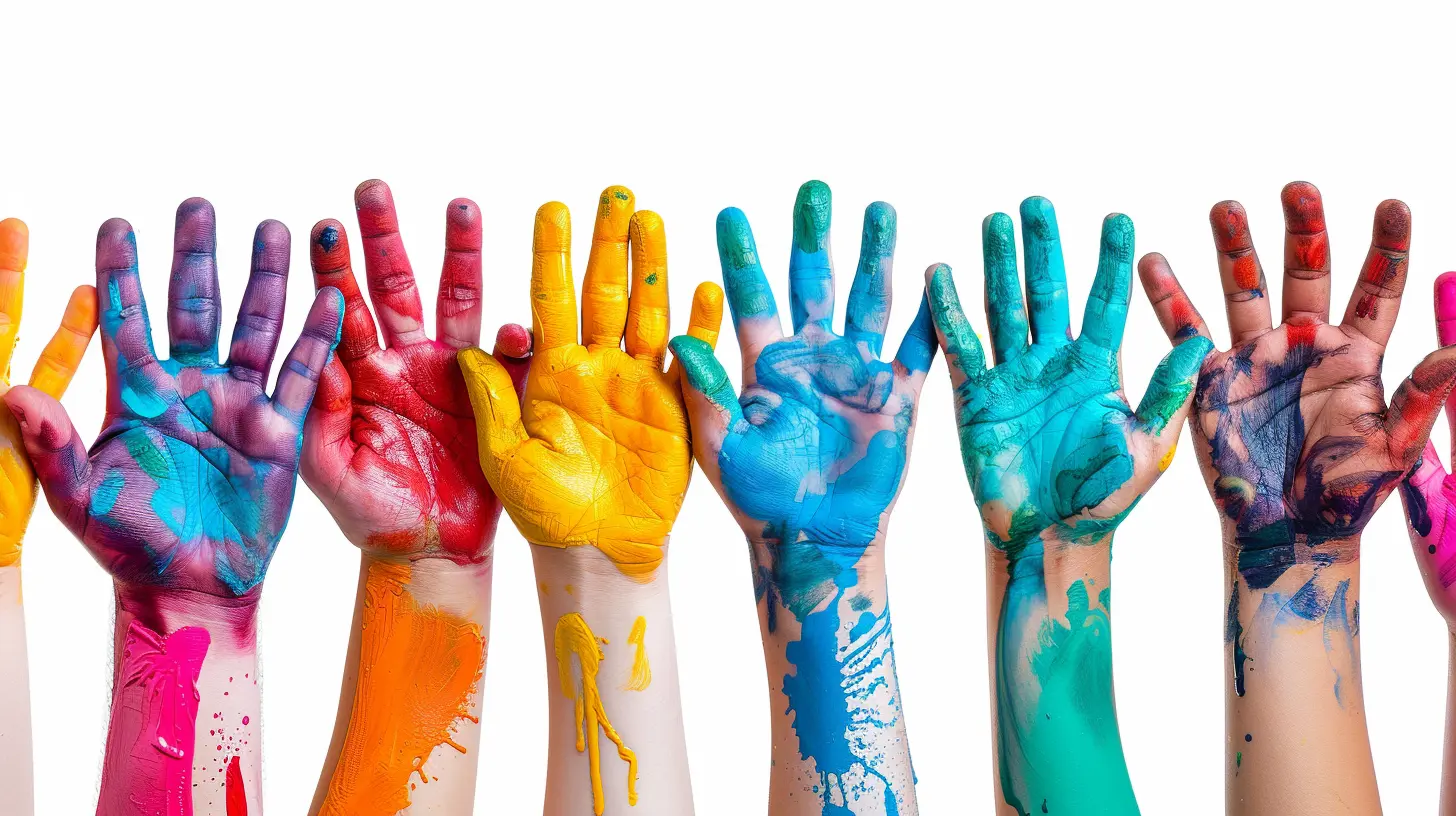Understanding the Role of Cultural Sensitivity in Classroom Management
11 September 2025
Classrooms today are melting pots of diverse cultures, backgrounds, and perspectives. Gone are the days when one-size-fits-all teaching approaches worked. In today's world, cultural sensitivity in classroom management isn't just a buzzword—it's a necessity.
But what exactly does cultural sensitivity mean in an educational setting? And why does it matter so much? Let's dive into the heart of this topic and uncover how it shapes the learning experience for both teachers and students.

What Is Cultural Sensitivity?
Cultural sensitivity is the awareness, understanding, and respect for different cultural backgrounds, traditions, and values. In a classroom, this means recognizing that students bring unique experiences, beliefs, and ways of learning.Think of it this way: If a teacher assumes that all students celebrate the same holidays, speak the same way, or learn the same way, they’re unintentionally creating barriers. Cultural sensitivity breaks down these barriers, creating an inclusive, welcoming environment for all students.

Why Cultural Sensitivity Matters in Classroom Management
So, why should teachers care about cultural sensitivity when managing their classrooms? Simple—because it directly impacts student success.- Enhances Student Engagement – When students feel understood and respected, they’re more likely to engage in learning.
- Reduces Classroom Conflicts – Many disciplinary issues stem from misunderstandings. A culturally sensitive teacher can prevent conflicts before they arise.
- Promotes a Positive Learning Environment – A classroom that values diversity fosters respect, collaboration, and open-mindedness.
- Encourages Equity in Education – Educational equity means giving every student the tools they need to succeed, regardless of their background.
Ignoring cultural sensitivity, on the other hand, can lead to students feeling excluded, misunderstood, or even discriminated against—none of which are conducive to learning.

Common Cultural Challenges in the Classroom
Cultural differences can sometimes cause misunderstandings between teachers and students, or even among students themselves. Here are a few common challenges teachers face:1. Language Barriers
Not every student will be fluent in the language of instruction. Miscommunication can lead to frustration and disengagement.2. Different Learning Styles
Some cultures emphasize memorization, while others encourage debate and questioning. Understanding these differences helps tailor teaching methods accordingly.3. Nonverbal Communication
Gestures, eye contact, and body language differ across cultures. What’s considered respectful in one culture might be offensive in another.4. Disciplinary Expectations
Some students come from backgrounds where strict discipline is the norm, while others are accustomed to more relaxed classroom behaviors.5. Cultural Holidays and Traditions
Teachers must be mindful of religious and cultural observances that might affect student participation in class activities.
Practical Strategies for Culturally Sensitive Classroom Management
Now that we know the challenges, how can educators ensure cultural sensitivity in their classroom management strategies? Here are some practical tips:1. Get to Know Your Students
Building relationships is key. Take time to learn about your students’ backgrounds, traditions, and preferences. Simple conversations can go a long way in making students feel seen and valued.2. Foster an Inclusive Classroom Environment
Representation matters. Incorporate diverse voices in your teaching materials—books, case studies, historical figures—all should reflect the diverse backgrounds of your students.3. Encourage Open Discussions
Create a safe space where students feel comfortable sharing their experiences and perspectives. Encourage respectful dialogue when cultural differences arise.4. Adapt Teaching Methods
Recognize that some students may struggle with traditional teaching methods. If necessary, modify assignments, offer visual aids, or use peer support to bridge learning gaps.5. Be Mindful of Language Differences
Avoid using slang, idioms, or culturally specific references that might not be understood by all students. Instead, use clear and concise language.6. Respect Cultural Norms and Practices
Be aware of cultural expectations regarding physical contact, eye contact, and interaction styles. Respect students’ comfort levels.7. Address Bias and Stereotypes Head-On
Educate students about stereotypes and biases. If you hear insensitive remarks, address them immediately and turn them into teachable moments.8. Include Parents and Guardians
A student’s home environment plays a huge role in their learning experience. Engaging with parents from diverse backgrounds helps build a stronger support system for students.Real-Life Examples of Cultural Sensitivity in Action
To put things into perspective, let's look at a few real classroom scenarios:Scenario 1: The Language Barrier
A teacher notices a student from a non-English-speaking country struggling to participate. Instead of assuming the student isn’t paying attention, the teacher pairs them with a bilingual buddy and uses visual aids to reinforce lessons.Scenario 2: Different Approaches to Authority
Some cultures view questioning authority as disrespectful, while others encourage critical inquiry. A teacher who understands this doesn’t assume a quiet student is disengaged; instead, they create alternative ways for such students to express their insights.Scenario 3: Culturally Relevant Examples
During a history lesson, a teacher ensures the examples used are not solely from Western perspectives. Instead, they incorporate global events and figures that reflect their students’ diverse backgrounds.
The Impact of Cultural Sensitivity on Student Success
When educators embrace cultural sensitivity, the results speak for themselves:- Higher student engagement and participation
- Fewer behavioral issues and misunderstandings
- Greater academic success for minoritized students
- Stronger teacher-student relationships
- A more positive, inclusive school culture
Cultural sensitivity isn’t just about being "politically correct"—it’s about respecting and valuing students for who they are. When students feel safe and respected, they thrive academically and socially.
Final Thoughts
Being culturally sensitive in the classroom isn’t about memorizing every cultural practice—it’s about having an open mind, a willingness to learn, and a commitment to fairness.Teachers have the power to create an environment where every student feels valued, respected, and empowered to succeed. And in doing so, they’re not just shaping better learners—they're shaping better human beings.
all images in this post were generated using AI tools
Category:
Classroom ManagementAuthor:

Bethany Hudson
Discussion
rate this article
1 comments
Anna Matthews
Cultural sensitivity enriches classrooms, fostering respect and understanding—key ingredients for effective management and learning.
September 26, 2025 at 12:34 PM

Bethany Hudson
Thank you for highlighting the importance of cultural sensitivity! It's indeed crucial for creating an inclusive and respectful learning environment.


